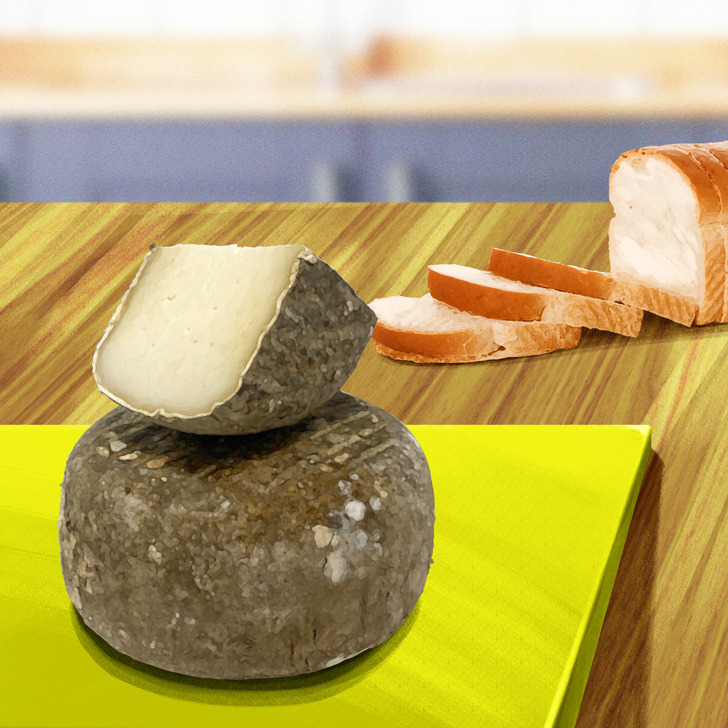A Guide to Different Types of Cheese

Cheese may be one of the most versatile ingredients in the world, as it can be found in different maturation times, types of milk, textures, flavors, and even shapes. Because of this, it can be rather difficult to recognize a specific variety when seen or tasted.
5-Minute Crafts has prepared this guide with some of the most popular types of cheese to help you identify their main characteristics and how to enjoy them.
❗Important: Keep in mind that the following classifications are not definite ones. However, they can help you recognize the main aspects of each type of cheese.
A. Fresh cheeses
Feta

This type of cheese was originally made from goat and sheep’s milk. It’s characterized by a creamy and crumbly texture, as well as a sour and salty flavor. It can be paired with fresh tomatoes, olives, and red bell pepper. Moreover, it can be used in different cooked dishes, including pasta and soups.
💡Feta cheese can be a very good topping for salads, as you may find it in fat-free varieties.
Burrata
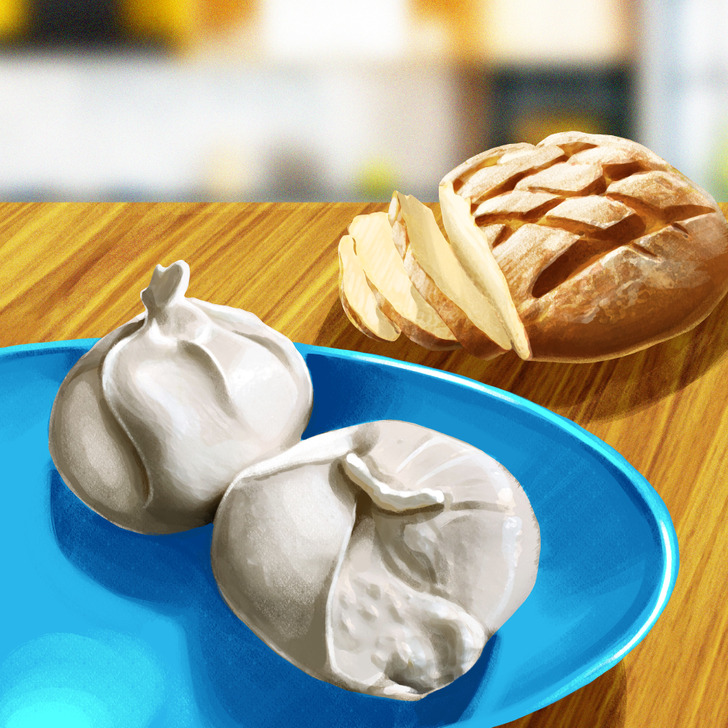
Burrata cheese resembles a cheesy dumpling, in which the outer layer is made from mozzarella cheese and the inside is a blend of cream and mozzarella. Its rich flavor can be paired with salads, Italian dishes, grilled vegetables, and crusty bread.
Ricotta

This Italian type of fresh cheese has a moist and grainy texture, with a mild and slightly sweet flavor that goes well with dips, salads, cooked dishes, and desserts, including lasagna and cheesecake. Ricotta cheese can be an excellent option for cooking, as it adds creaminess and body to your dishes.
❗ This variety can’t be kept very long, so make sure to eat it the same week after purchase.
B. White mold cheeses
Camembert
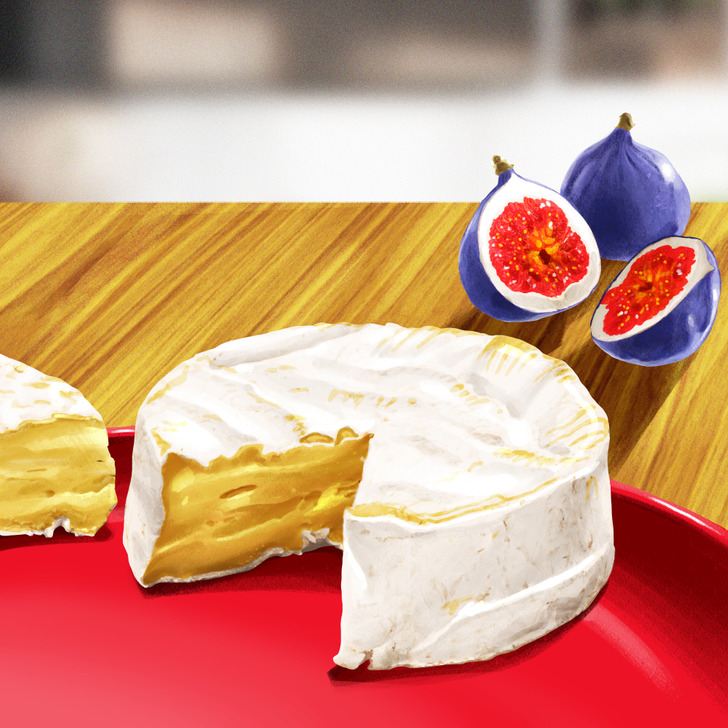
This aromatic variety has a soft layer on the outside, a creamy interior, and a sweet flavor. It has also been described as a white mold cheese with notes of mushrooms and butter. It goes very well with fresh figs, cherry jam, and walnuts.
💡Enjoy Camembert cheese at room temperature. If necessary, remove it from the fridge at least 30 minutes before eating it.
Brie
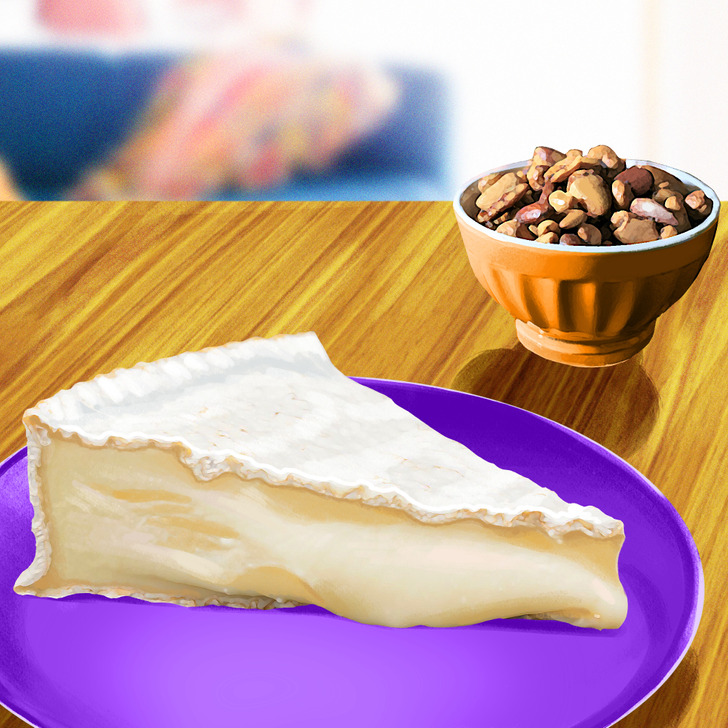
C. Blue mold cheeses
Gorgonzola
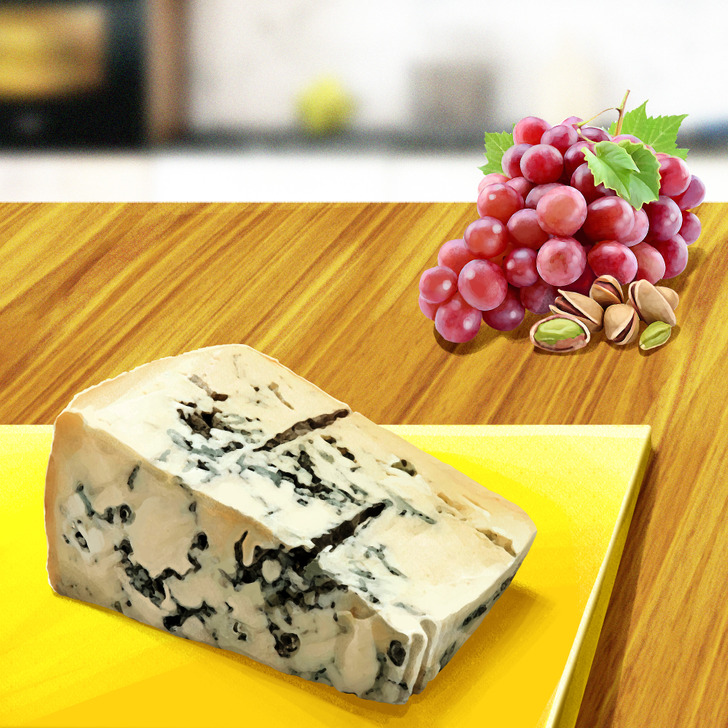
Roquefort
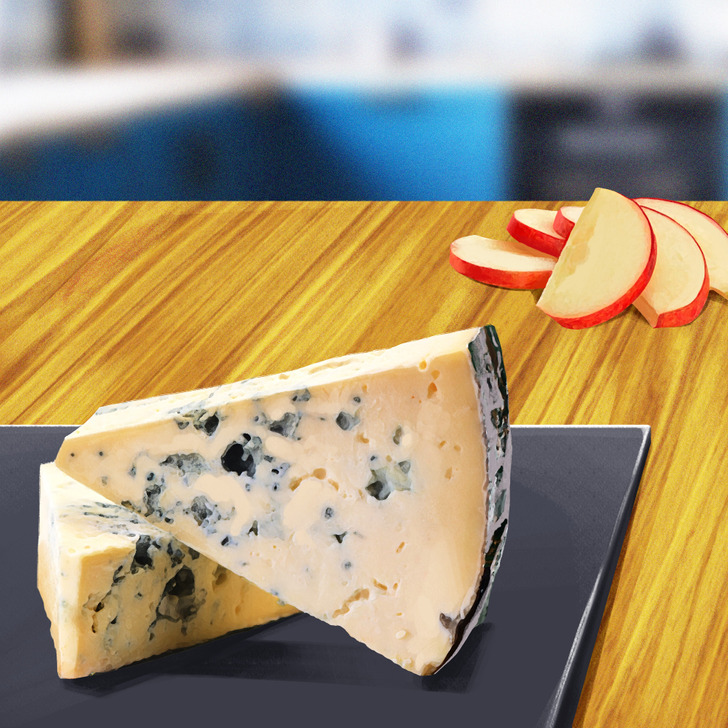
This type of French blue cheese is made with sheep’s milk. It’s rather intense, with a moist body covered in blue pockets that give it quite strong flavor notes. It goes very well with walnuts and apples.
Stilton
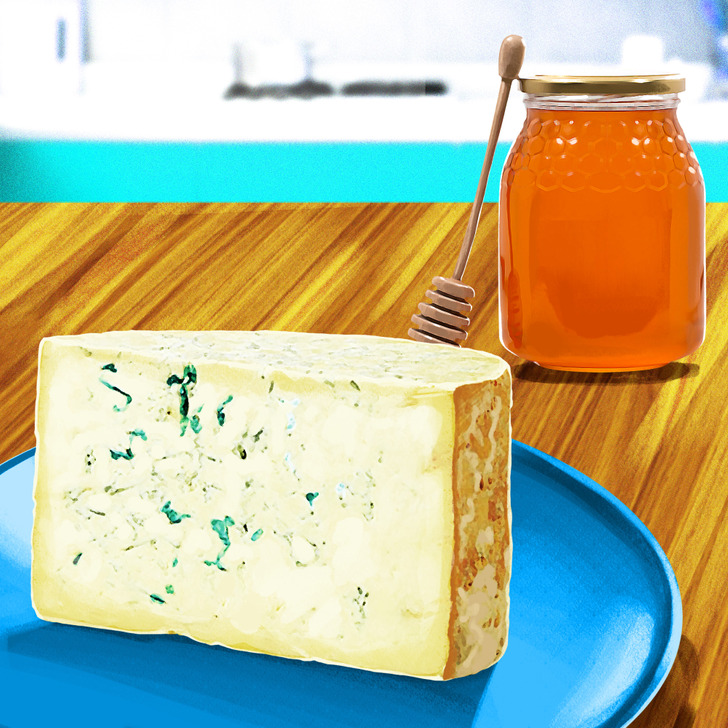
This variety is made in certain locations of England only. Stilton cheese has a rich and intense flavor, along with a creamy texture and nutty notes. It’s not as moist as other blue cheeses.
It can be enjoyed with walnuts, honey, and apples. Moreover, it can also be added to salads, risottos, pasta, and desserts.
D. Semi-hard cheeses
Cheddar
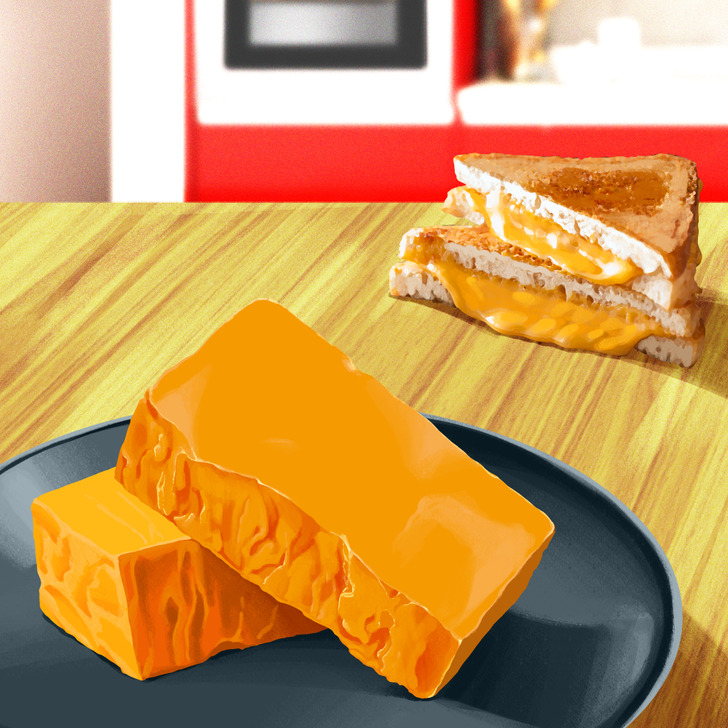
Cheddar cheese can be found in many variations, including garlic, sage, and smokey. It can be mild to extra intense in flavor, with colors that range from white to orange.
As it ages, it can become more crumbly and dry. Since cheddar is a very versatile and popular type of cheese, it can be enjoyed in sandwiches, cooked foods, or shredded to top different preparations.
Oaxaca
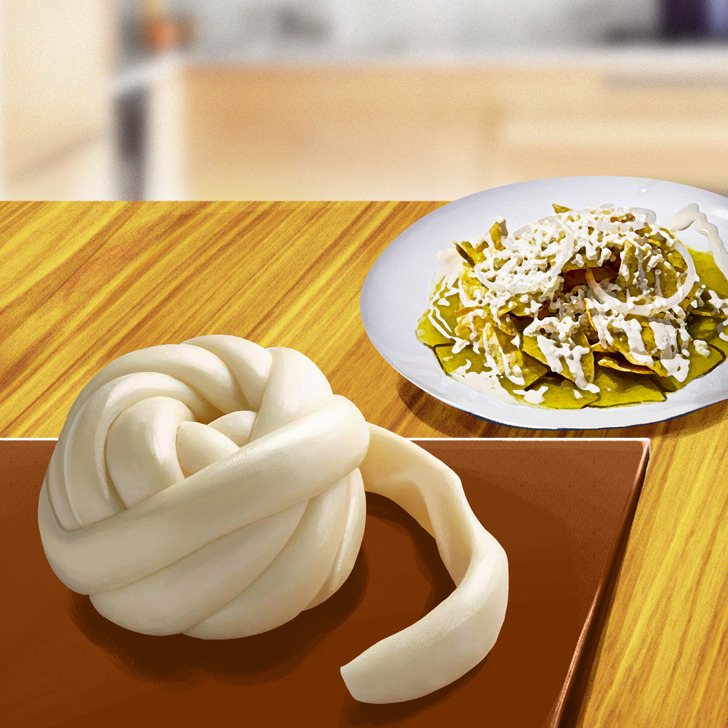
This Hispanic variety is mild in flavor and, somehow, it can resemble mozzarella. Oaxaca cheese is characterized by its braided, semi-firm look. It can be used in sandwiches or cooked foods, such as nachos and pizza.
Gruyère
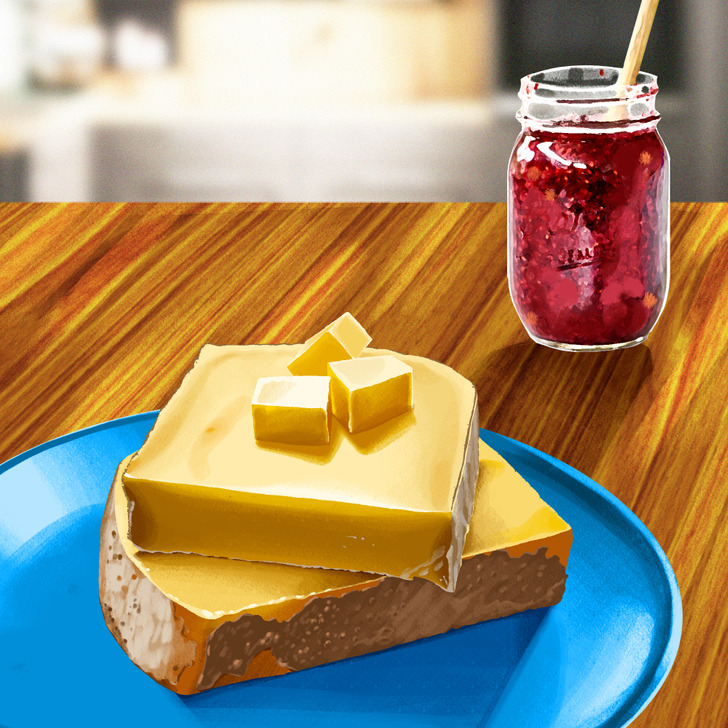
Enchilado
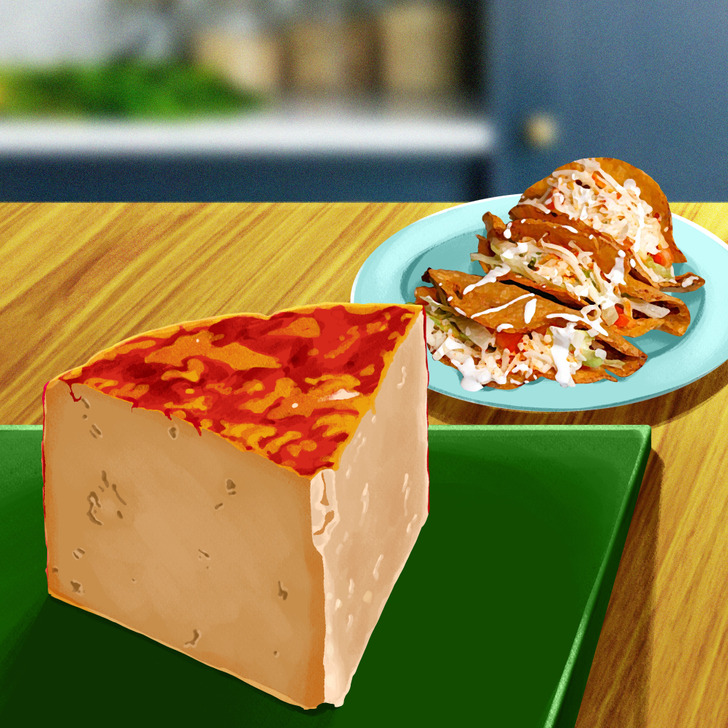
This Hispanic variety is characterized by its mild red chili crust, which gives it a slightly spicy flavor. It has a white interior and, as it ages, it can become rather hard. When heated, it reaches a softer texture, but it doesn’t melt. It’s often used in Mexican dishes, salads, and soups.
E. Hard cheeses
Parmigiano-Reggiano (Parmesan)
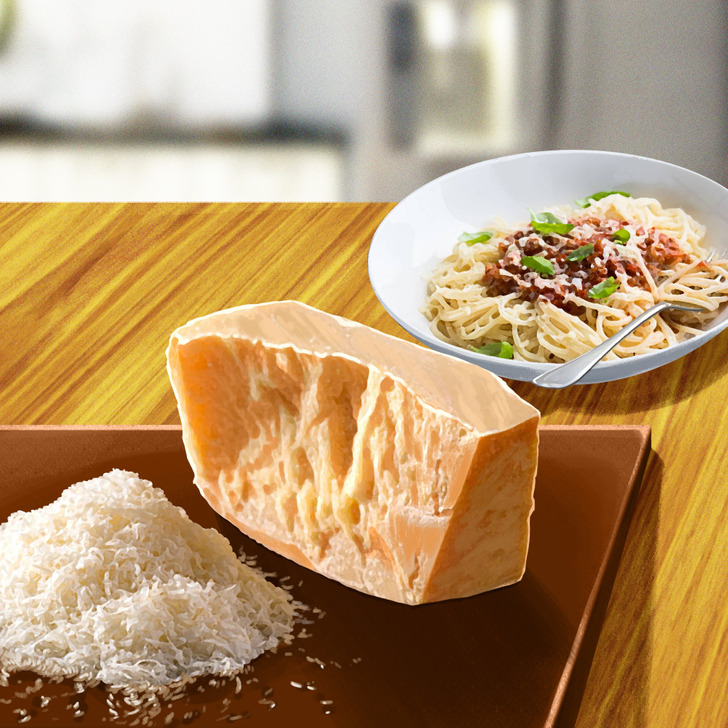
This Italian variety has a strong taste that goes along with a firm and hard body, which becomes granular as time goes by. In order to reach its singular flavor, it requires a maturation time of at least 12 months.
It can be paired with zesty peas and walnuts, as well as grated over pasta dishes, soups, and other preparations.
Grana Padano
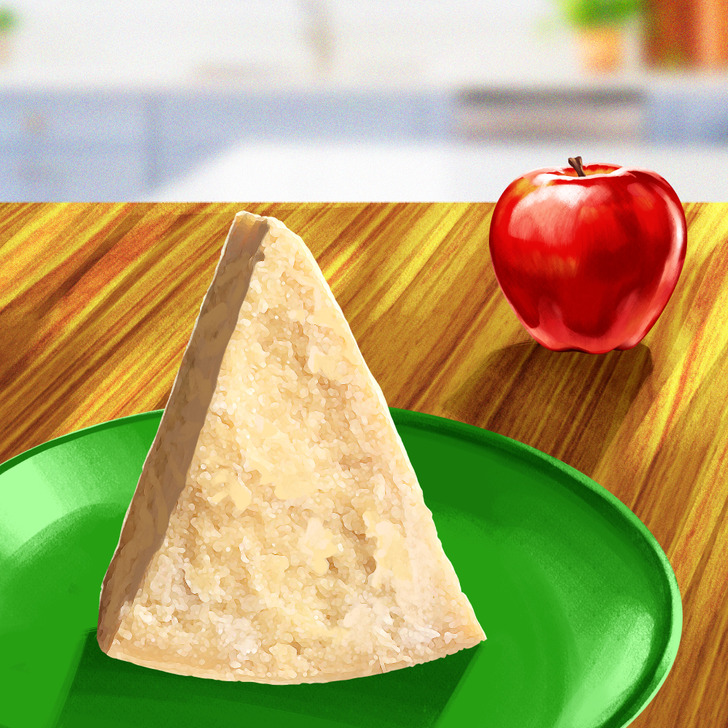
Due to its texture, flavor, and appearance, this variety can be confused with Parmesan cheese. However, Grana Padano is slightly milder and less granular, as it requires only 9 months for maturation. It goes very well with apples, honey, and figs.
Manchego

F. Goat cheeses
Chèvre
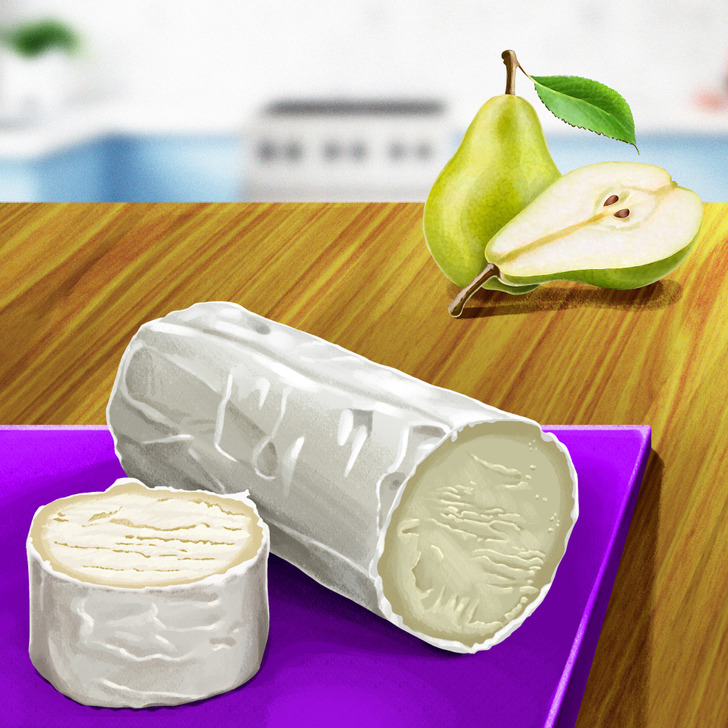
Garrotxa
